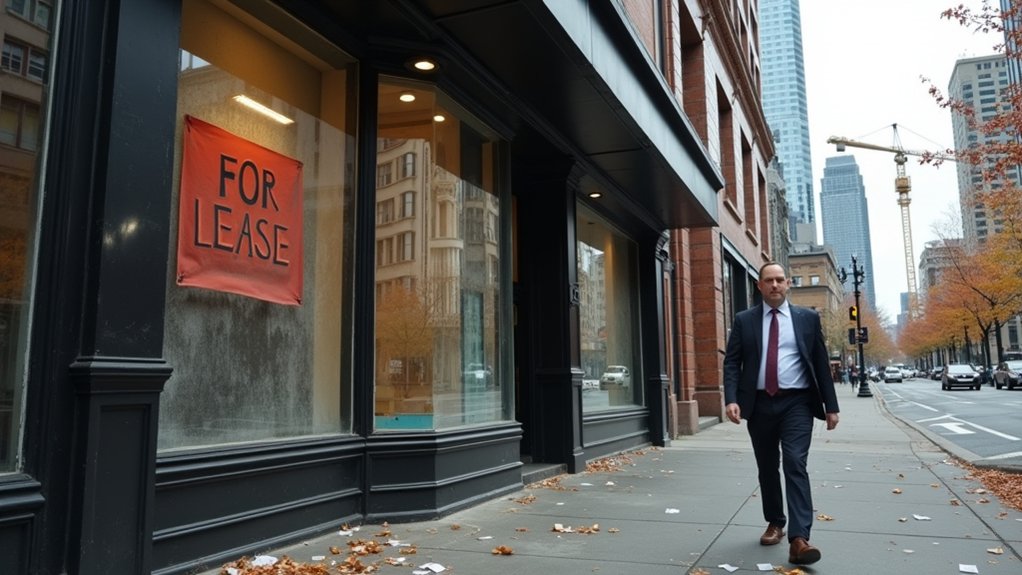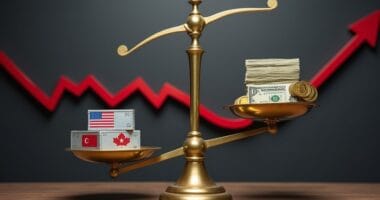Australia’s economic “miracle” is hitting the wall, hard. After three decades of growth, the lucky country isn’t feeling so lucky anymore. GDP per capita has dropped for 21 straight months, while housing costs devour incomes and wages refuse to budge. China’s cooling demand isn’t helping. Neither are climate challenges and an aging population. The Reserve Bank’s rate cuts to 4.10% barely scratch the surface of these structural problems. There’s more to this economic mess than meets the eye.

While Australia was once hailed as the “miracle economy” that dodged recession for three decades, that fairy tale is starting to look more like a horror story. The numbers paint a grim picture: 21 straight months of declining GDP per capita, household income growth that’s now lagging behind other developed nations, and a housing crisis that’s making the Australian Dream feel more like a nightmare. These economic indicators suggest serious structural challenges in managing the nation’s monetary policy.
The Reserve Bank of Australia‘s decision to cut rates to 4.10% in February 2025 isn’t exactly bringing champagne corks popping. Underlying inflation shows positive signs of easing into the 2-3% target range earlier than expected. Sure, inflation is cooling faster than expected, but that’s cold comfort when you can’t afford rent. Speaking of which, rental affordability has hit its lowest point since 2008. Turns out building fewer houses than needed while welcoming waves of immigrants isn’t a brilliant economic strategy.
The “Lucky Country” isn’t feeling so lucky anymore. Households are watching their disposable income shrink while their debt grows. Want to buy something? Save money? Good luck with that when most of your paycheck goes to keeping a roof over your head.
The labor market, once a bright spot, is sending mixed signals – and not the fun kind. Wage growth is softer than expected, which might explain why the RBA finally blinked on interest rates. The Australian dollar’s 5.5% decline against USD in 2024 only adds to the economic pressure.
Then there’s the elephant in the room: Australia’s addiction to Chinese demand. That relationship that seemed so clever during the resource boom now looks more like a liability. Throw in some structural headaches – climate change, an aging population, and productivity problems – and you’ve got yourself a proper economic mess.
The veneer of perpetual prosperity is wearing thinner than a politician’s promises during election season. All components of the economy finally contributed positively to GDP growth for the first time since March 2018, but let’s not break out the party hats just yet.
With housing affordability reaching crisis levels and household budgets stretched to breaking point, Australia’s economic miracle is starting to look decidedly mortal.





